I miss Steve Jobs. He made tech reporting a lot of fun. The world of technology is dull without him.
Larry Ellison skips his own conference to watch the America’s Cup? Boring! Steve Ballmer steps down from Microsoft without taking anyone with him? Yawn.
Life was never so dull when Jobs was around. He said crazy stuff. He was rude to people. He insulted competitors. He was unpredictable.
Jobs was always up to something. He was either trying to destroy historical landmarks (like his derelict Woodside mansion) or put them up (Apple’s spaceship campus). He could turn a kill-me-now planning meeting at Cupertino city council into something fascinating.
His public presentations were always interesting. I went to almost every one from the late 1990s onwards. I’d be lying if I said they were all great. Some were routine, although it was always amusing to see him get lathered up about small things, like sending email postcards from iPhoto. But they were often fascinating, and some felt important. His iPhone introduction in 2007 felt like history being made and I was thrilled to see it firsthand.
It’s been two years since he died and I miss the excitement he brought to tech. There was always a lot of drama around Jobs. Illegitimate children. Secret liver transplants. Coffeeshop dates with Google’s Eric Schmidt. Parking in handicapped spots.
People talked about him, and not always in a good way. He was constantly criticized. For most of his career, almost everything he did was doomed to failure by the press: the iMac, Apple retail stores, the iPod, the iPhone. Each was greeted with withering, dismissive criticism. It was only after the iPhone became a hit, around 2009, that the world woke up to his genius. He’s lionized now, of course, but for most of his life he was a loser (remember the NeXT years?) or a slick marketer who got lucky.
The last couple of years of his life, as Apple rode the iPhone and iPad explosion, Jobs tended to get all the credit. Now that he’s gone, Apple is doomed without him.
I’m not worried about the future of Apple. It’s still too early to tell, but by all outside measures the company is doing just fine. Nine million iPhones sold in a single weekend is not a sign of a company in trouble.
There’s been only one major executive departure –Scott Forstall, the man in charge of iOS– and few have mourned his passing. The iPhone’s Touch ID has the potential to be as revolutionary as iTunes or the App Store were when they launched. And there are signs of some very exciting products being cooked up in the design lab, especially a wearable iWatch that measures your biometrics. And I’d love to see an Apple TV that brought some smarts to the tube.
This past year I’ve been working on a book about Apple’s top designer, Sir Jonathan Ive. Ive is a genius and he’s responsible for a lot more of Apple’s success than he’s been given credit for. But the best stories belong to Jobs. He’s by turns fascinating, funny or horrifying. He was colorful. A huge character.
This issue of our Newsstand magazine collects a few stories about Jobs. As you’ll see, he wasn’t always a jerk. Some of these anecdotes show a rather kind and thoughtful man. Some portray a runaway monster. But none of them are boring.



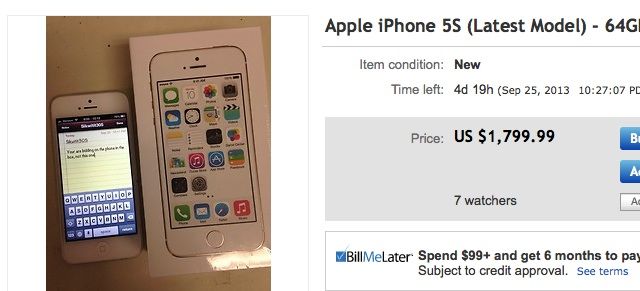
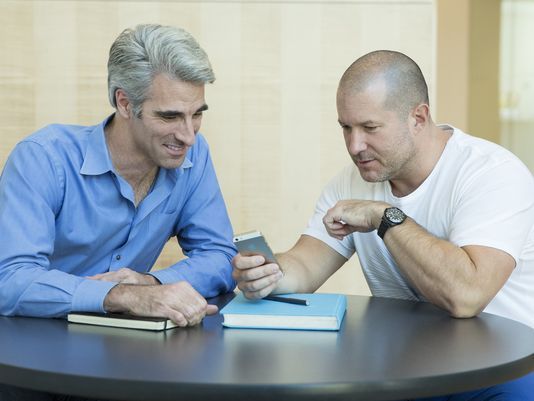
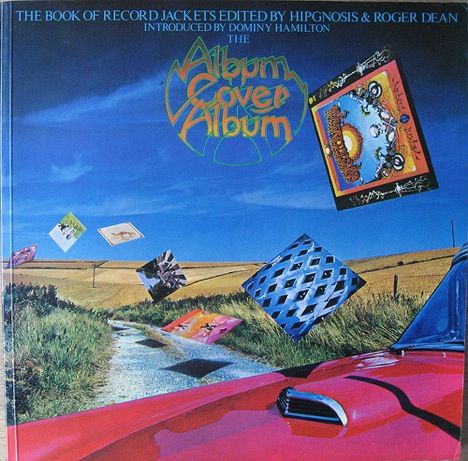
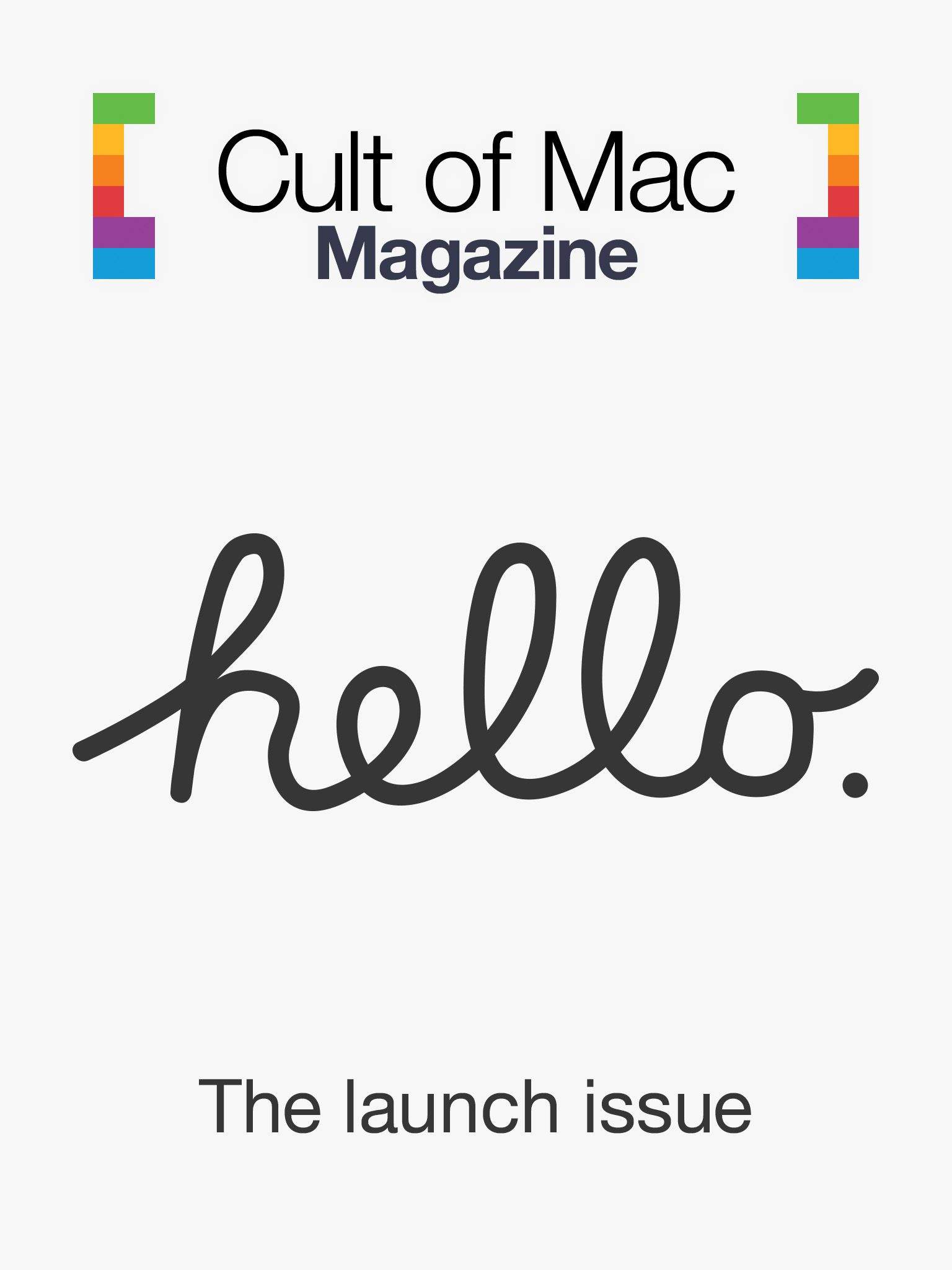
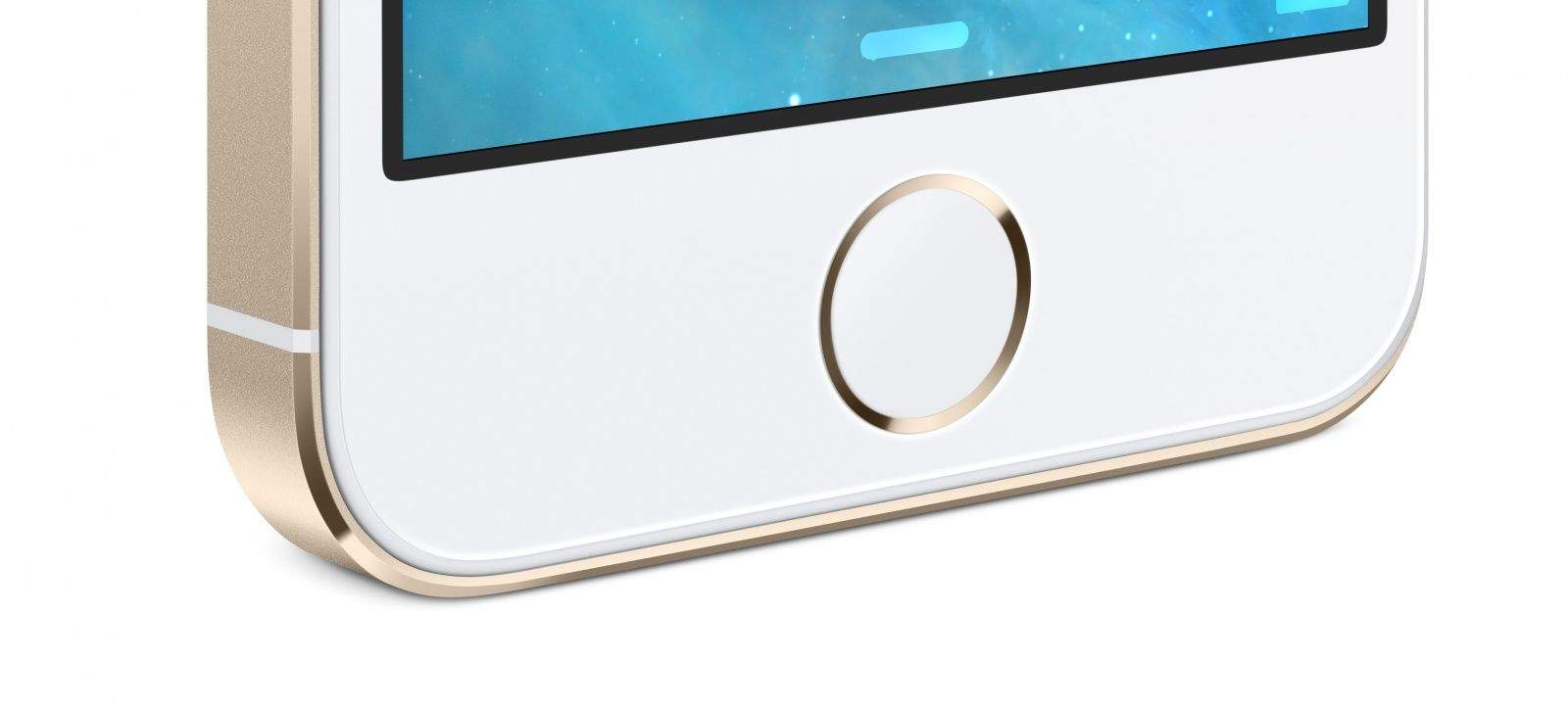
![Why The Plastic iPhone 5c Is Just Like the iMac G3 [Opinion] Looks familiar, right? Photo: Apple](https://www.cultofmac.com/wp-content/uploads/2013/09/Dalmation-Mac-and-iPhone-5c.jpg)
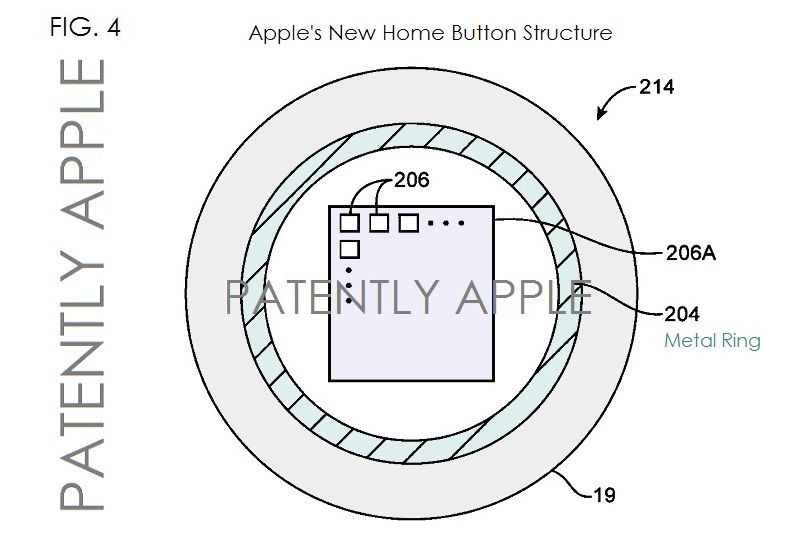
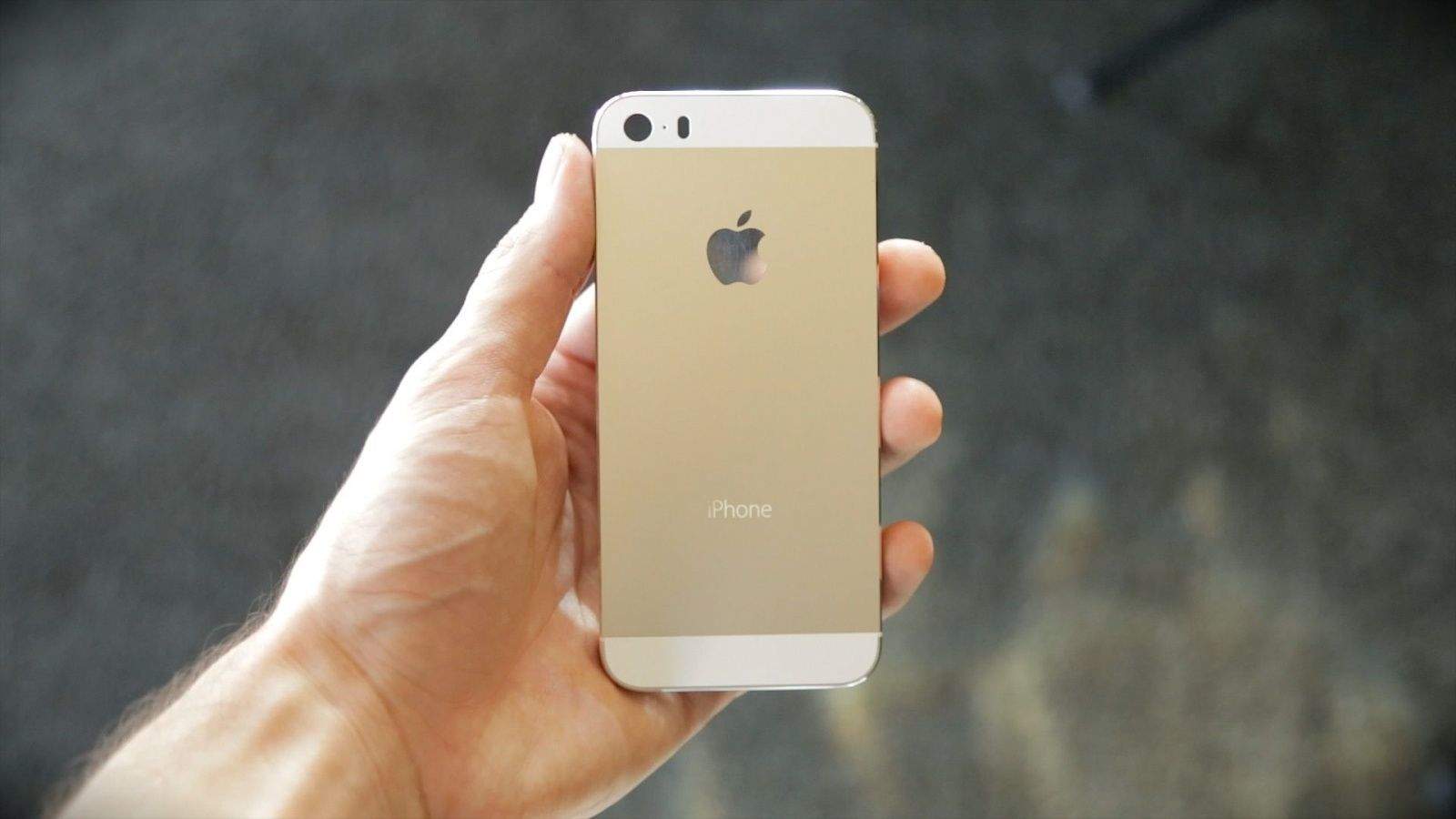
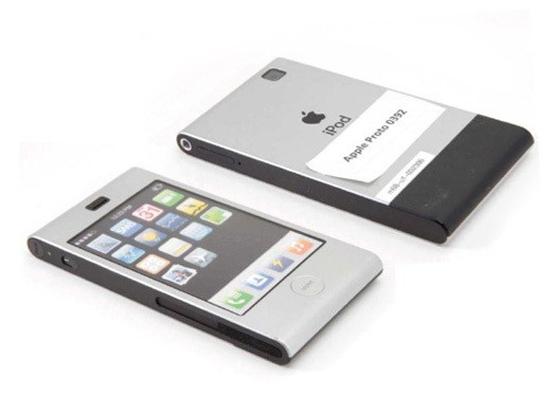

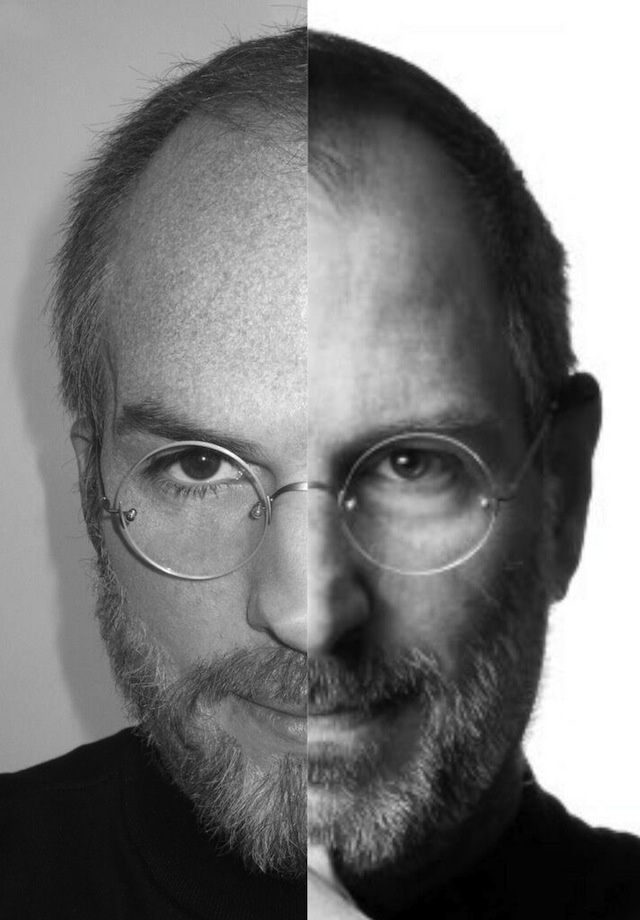
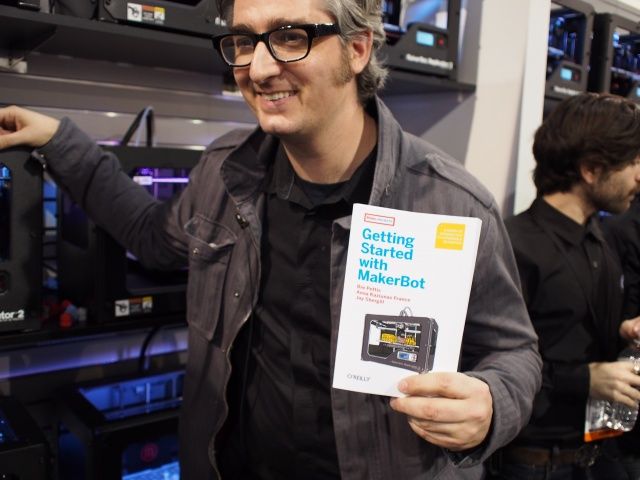

![Marware’s MicroShell Folio Has a Hard Body, Soft Face [CES 2013] Marware's director of marketing, Ronnie Khadaran shows off the MicroShell Folio for iPad mini.](https://www.cultofmac.com/wp-content/uploads/2013/01/image57.jpg)
![This Rubbery Case Boosts Your iPhone’s Volume 2x, Acoustically [CES 2013] image](https://www.cultofmac.com/wp-content/uploads/2013/01/image.jpg)
![Could Tim Cook’s New Made-In-USA Mac Actually Be An Apple TV? [Rumor] Apple's biggest manufacturing partner making preparations to turn this thing into a reality.](https://www.cultofmac.com/wp-content/uploads/2012/05/AppleTV_Mockup_cropped.jpg)
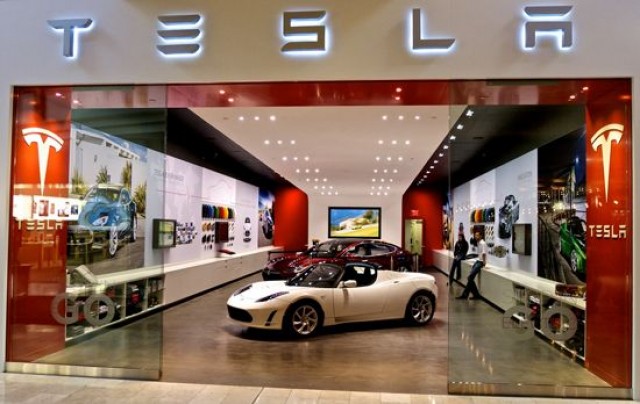
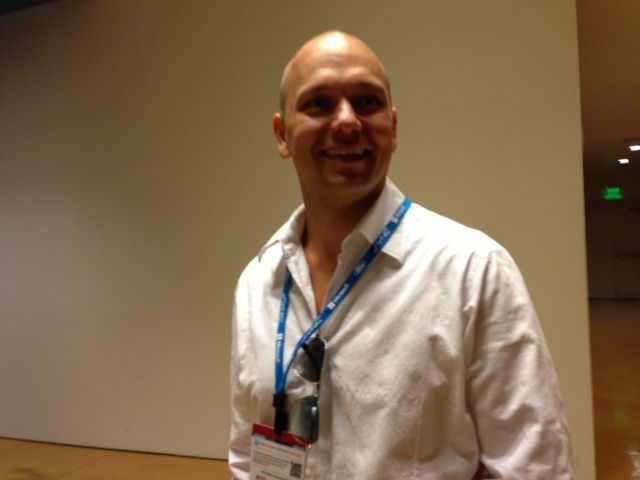
![Instagram CEO: Hurricane Sandy Was Biggest Cell-Phone Documented Event Ever [GigaOM RoadMap] isnstragram](https://www.cultofmac.com/wp-content/uploads/2012/11/isnstragram.jpg)
![The iPad Mini Is The Little Big iPad [Leander’s First Impressions] iPad_mini_typing](https://www.cultofmac.com/wp-content/uploads/2012/11/iPad_mini_typing.jpg)
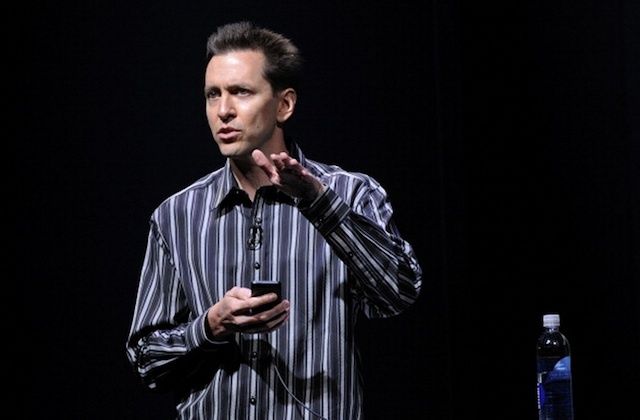
![Jonathan Ive: iPad Mini Is a “Concentration Not a Reduction” [Video] post-197718-image-cf6fa35e31dde3a6a75bc5df418df89b-jpg](https://www.cultofmac.com/wp-content/uploads/2012/10/post-197718-image-cf6fa35e31dde3a6a75bc5df418df89b.jpg)